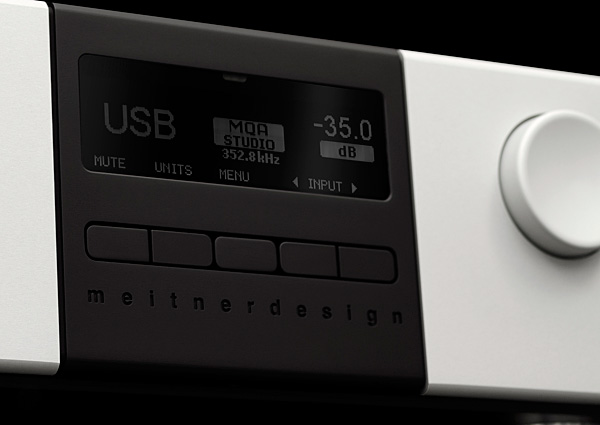| Columns Retired Columns & Blogs |
"If the DV2 is music to your ears" & "if it's within your price range" then don't hesitate to audition.
Wouldn't an Audition be the first thing needed to determine if it's Music to your ears?, of course it's within owning, why else bother looking at it?
EMM Labs needs a John Darko type of explainer. ( of course they fully understand that fact )
Tony in Michigan









































